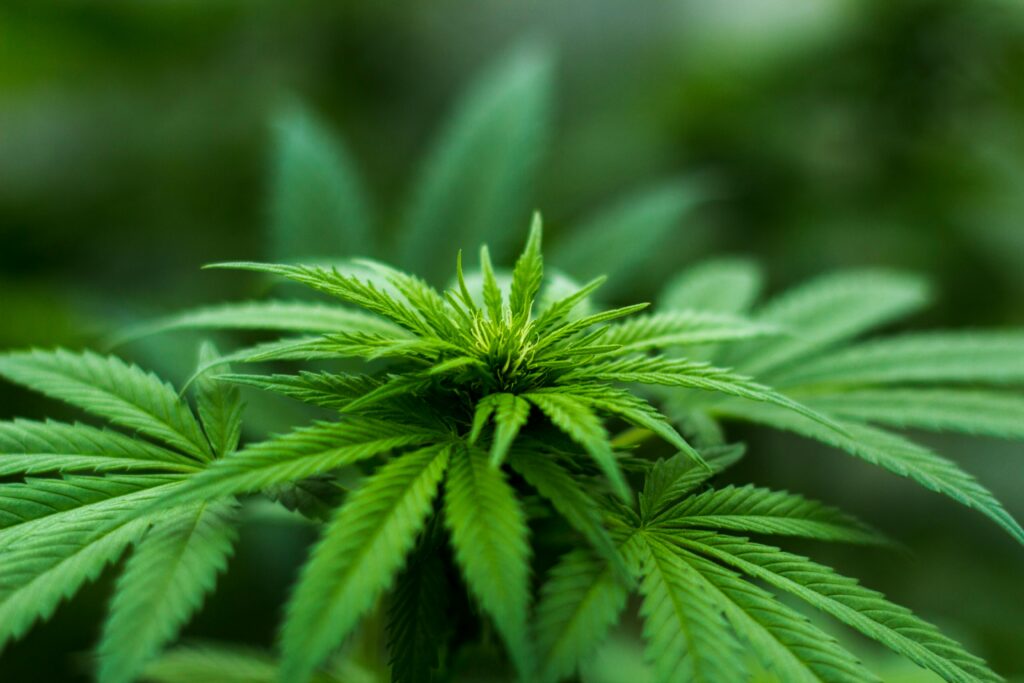In the world of cannabis, hybrid refers to strains that are bred from a mix of Cannabis indica and Cannabis sativa to combine traits of both parents. Because breeders aim to fine-tune cannabinoid profiles, flavor, terpene expression, and growth characteristics, most commercial strains today are hybrids to some degree.
Hybrids can be indica-dominant, sativa-dominant, or balanced depending on how the genetics lean. The goal is to blend desirable attributes: the relaxing body effects or sedation sometimes associated with indica, with the uplifting or cerebral qualities often credited to sativa varieties.
However, it’s important to note that the classical “indica vs sativa” dichotomy is more of a cultural shorthand than a rigid biological distinction. Many researchers caution that the real effects depend far more on cannabinoid makeup (THC, CBD, minor cannabinoids), terpene profiles, dose, and user variability than the strain label alone.

How Hybrid Cannabis Impacts the Mind & Body
Because hybrids blend traits, their effects tend to be more nuanced and varied compared to a pure sativa or pure indica. Below are some commonly reported and emerging scientific observations:
1. Balanced Psychoactive Effects
A well-balanced hybrid can deliver both cerebral stimulation and physical relaxation. Users may report an uplift in mood or creativity, paired with a gentle, mellow body sensation. This blending can reduce extremes, less racing thoughts (sometimes seen in sativas) or excessive sedation (sometimes seen in indicas).
2. Pain Relief & Therapeutic Use
Hybrid cannabis strains are frequently preferred by medical users. In a study on medicinal users, hybrid strains were among the most preferred for pain relief, especially when they combined both THC and CBD in certain ratios.
A clinical observational trial tested a hybrid cannabis extract (THC25:CBD25) in patients with chronic pain. It found that the hybrid extract reduced pain intensity and improved quality of life over multiple visits. These findings hint that hybrid strains can strike a therapeutic balance: enough psychoactivity for efficacy, but moderated by other cannabinoids to temper side effects.
3. Mood, Anxiety & Psychological Effects
Some users of hybrid strains report mood enhancement, stress relief, and mild euphoria. The presence of CBD and minor cannabinoids can modulate the anxiety or paranoia that may accompany high doses of THC. That said, individual sensitivity plays a major role.
However, caution is warranted: cannabis use (particularly frequent or high-dose use) has been associated with downstream impacts on cognitive and emotional processing. Associations between cannabis use and reductions in neural activation across domains such as memory, executive function, and emotion processing have been observed.
4. Dose, Tolerance & Variability
One major variable in hybrid effects is dose: low to moderate doses often produce pleasant, manageable psychoactivity; high doses can lead to sedation, cognitive disruption, anxiety, or other adverse effects. Because hybrids tend to be bred for potency, dose control becomes especially important.
User tolerance, prior cannabis experience and body chemistry all influence how a given hybrid will feel. Two people using the same strain might have quite different experiences.
5. Duration & Onset
Onset and duration depend on consumption method (smoking, vaporizing, edibles, tinctures). In inhaled forms, effects are felt quickly (minutes), while edibles may take 30–90 minutes. Hybrids tend to follow the kinetics of whichever cannabinoid dominates (e.g., THC) but may be moderated by other cannabinoids or compounds in the entourage profile.

Advantages, Drawbacks & Responsible Use of Hybrid Strains
Hybrid cannabis strains offer exciting flexibility for both recreational and therapeutic users, but understanding their nuances is key to safe and effective use. On the positive side, hybrids enable breeders to tailor effects by combining cannabinoids and terpenes for specific outcomes, such as pain relief alternatives to pharmaceuticals, or calm without drowsiness. This customization makes them appealing for people managing complex conditions like anxiety,
However, there are important drawbacks and caveats. The term “hybrid” is often used as marketing language rather than a scientific classification, meaning two strains with the same name can vary widely in their chemical makeup and effects. Research has also shown that high doses of cannabidiol (CBD) may actually amplify the effects of THC in edible products rather than reduce them. This happens because CBD can slow the liver enzymes that normally metabolize THC, causing THC to stay in the bloodstream longer and at higher concentrations. As a result, users may experience stronger, longer-lasting effects,and in some cases, more pronounced side effects such as increased heart rate or cognitive impairment.
Conclusion
Hybrid cannabis embodies the evolution of modern cultivation, blending science, technology and commercialization. When approached with awareness and moderation, hybrids can offer a personalized balance of relief and enjoyment. But as with all cannabis use, understanding one’s body, dose, and product composition remains the most reliable path to safe, satisfying results.







